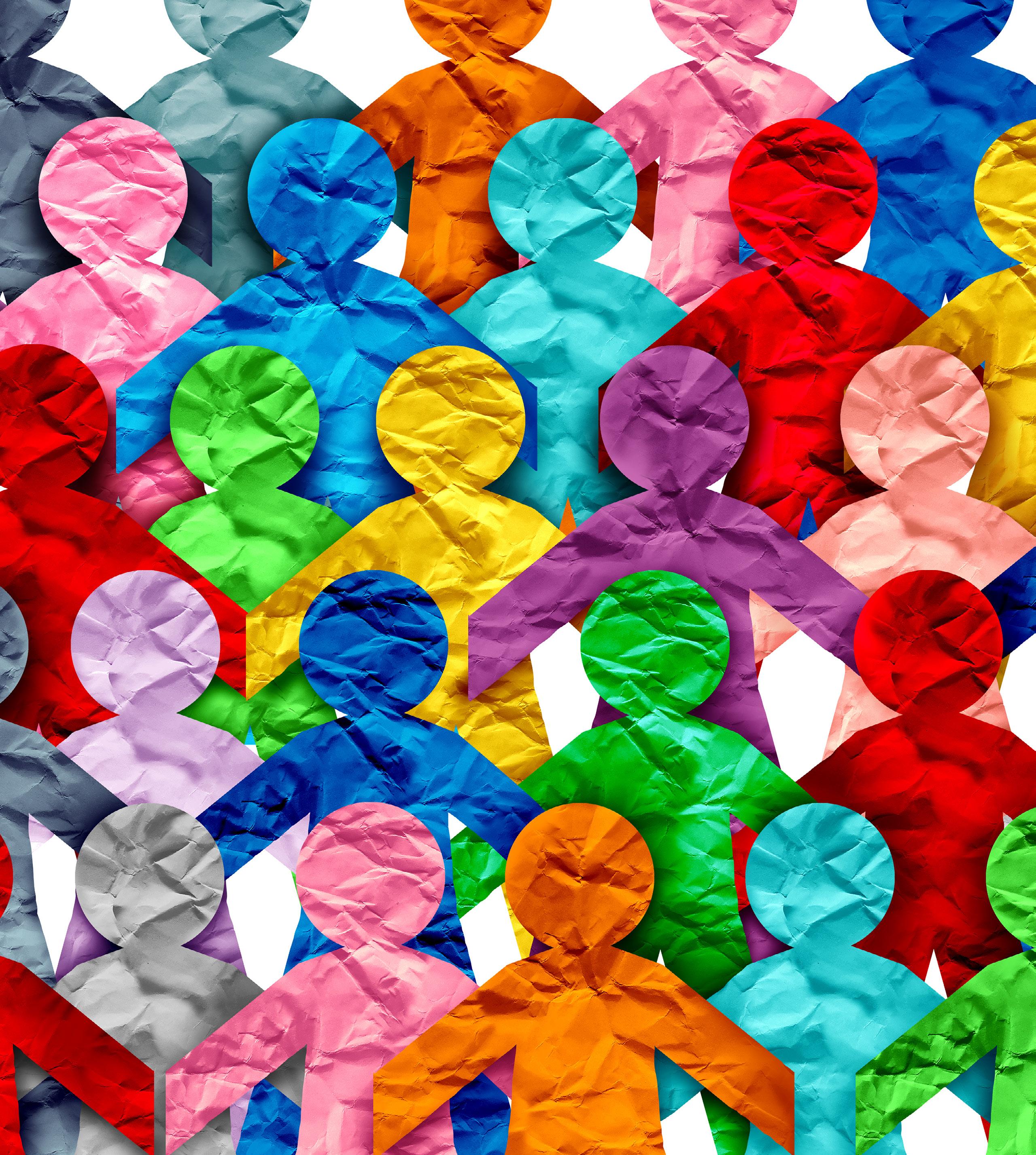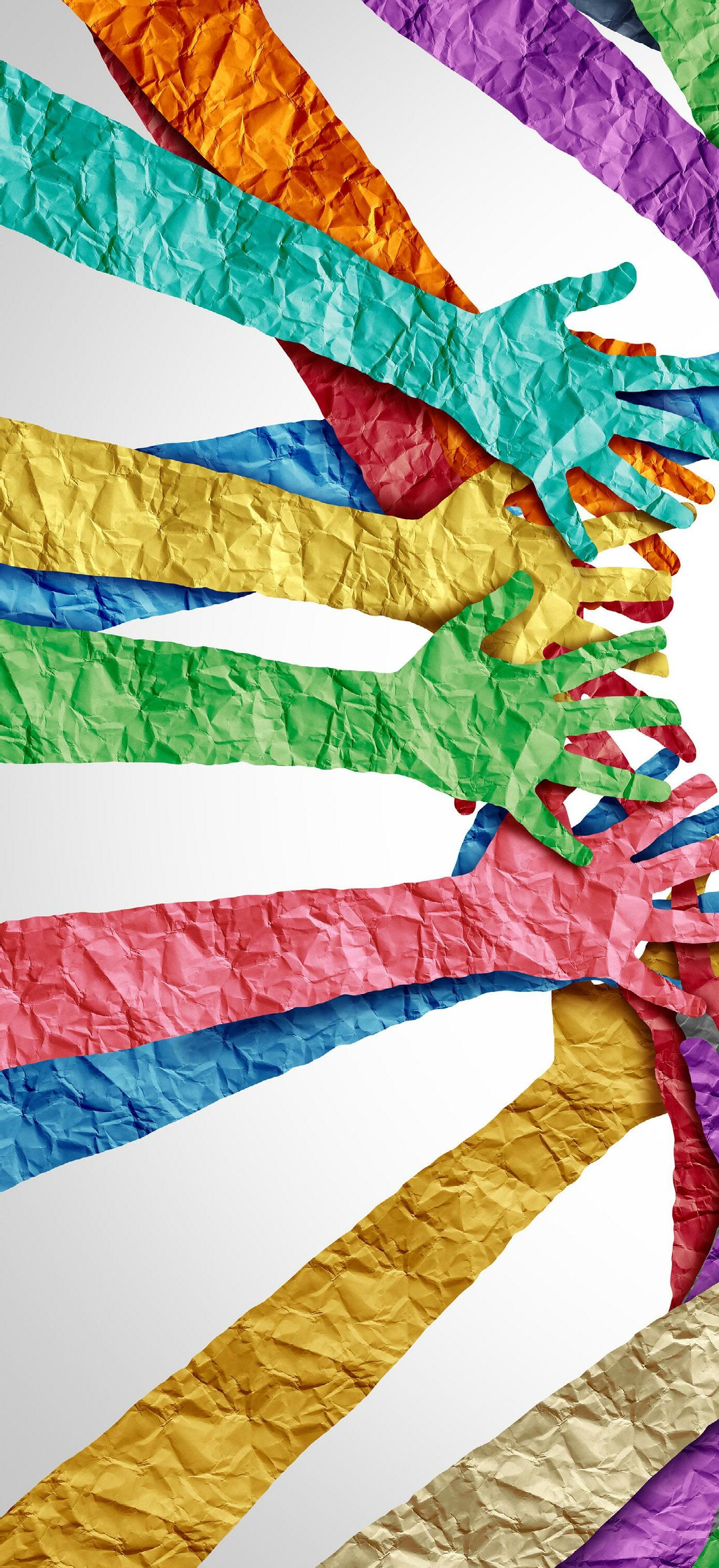Community Health Impact Report
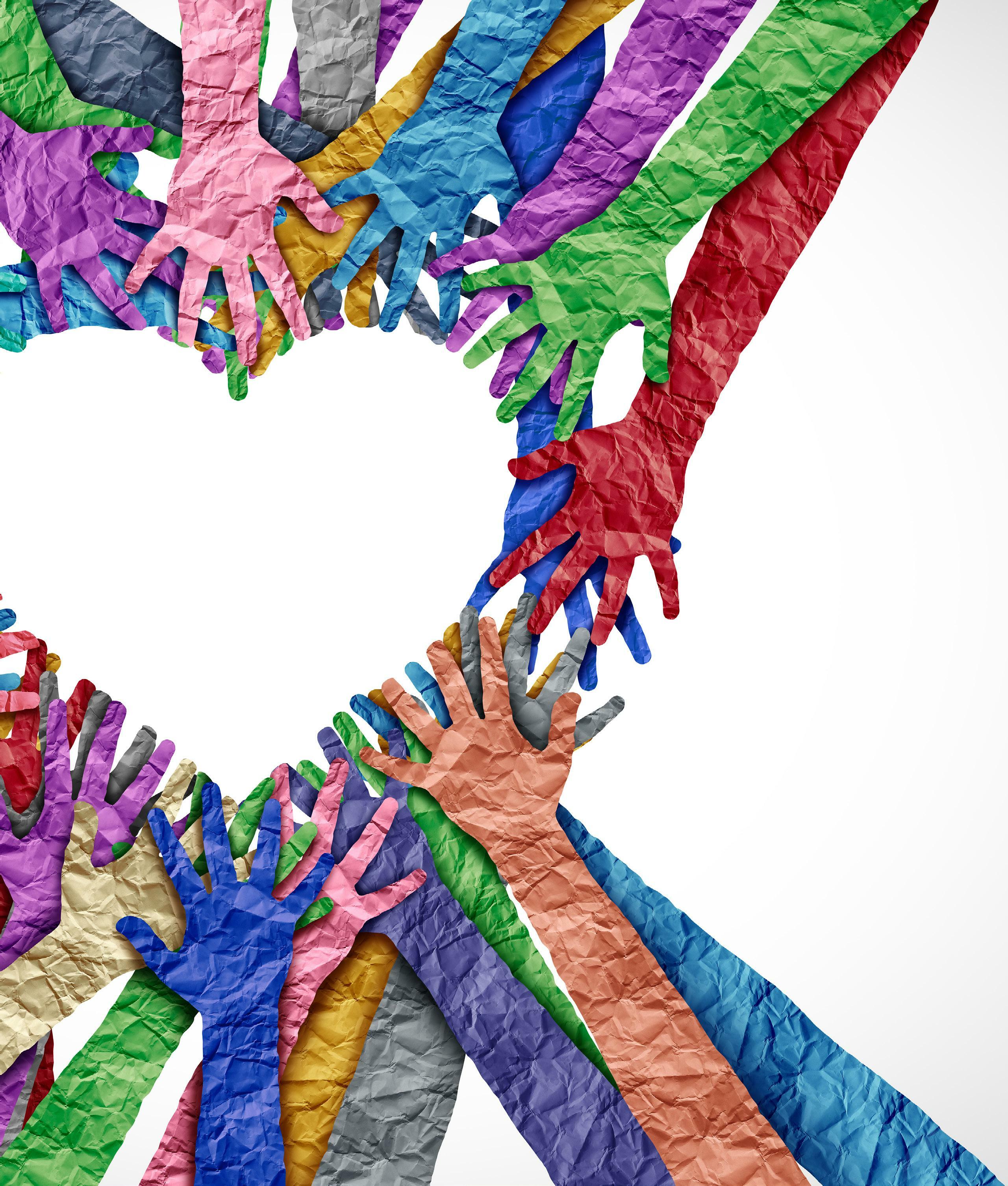


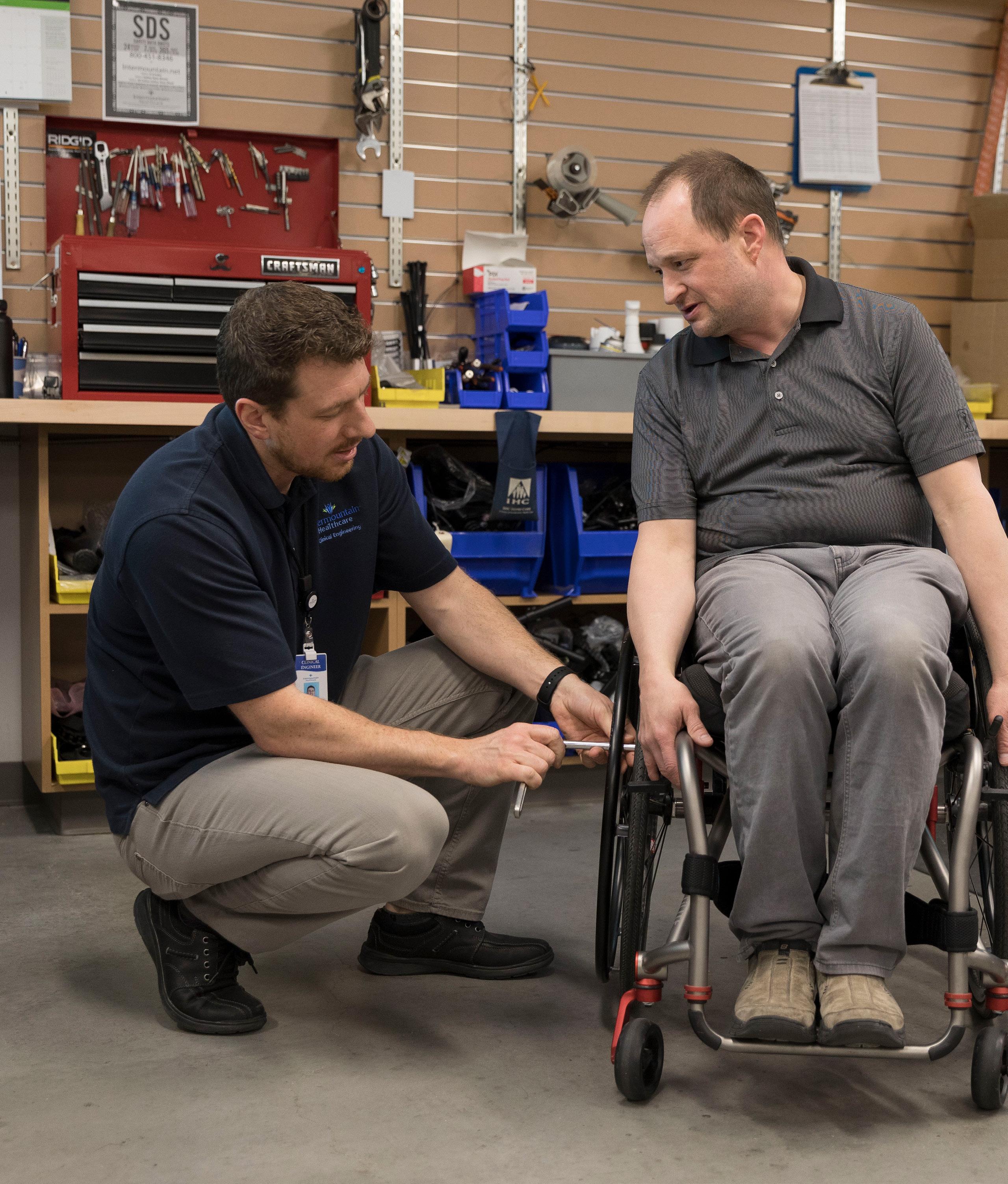
Health is foundational to overall well-being. It begins at home and is grounded in strong communities. This is evident in things like quality education, safe parks and green spaces, clean drinking water, and other social drivers or factors that ultimately determine health. We remain committed to clinical excellence inside our health system. Still, we realize that impacting health must come from working with and supporting our communities. This report showcases initiatives possible through strong partnerships with community organizations, community leaders, and numerous caregivers (employees) throughout our Intermountain Healthcare system. Because we are in this for the long game, our impact report often reflects work done months or years before publication. And after we gathered the information summarized in this report, we have grown our Intermountain footprint to support even more communities, bringing our nationally-recognized clinical excellence and rigorous approach to investing in and contributing to strong communities.
Much of this report reflects the fantastic work done with our Utah, Idaho, and Nevada communities – and there is much more to come! Even at the time of publication, our efforts have grown even further. By the end of 2022, we’ll be serving communities in seven states.
We look forward to sharing our impact in these communities with you in future reports.

As the needs in our communities shift, we realign our focus to the needs of our community. These shifts increased our focus on mental well-being, which has risen significantly since the pandemic began. We continue to invest in numerous behavioral health strategies, including diverse networks, to ensure our most vulnerable populations have access to mental health services. Like many areas across the country, our communities continue to face shortages in affordable housing. We have created new partnerships and invested in affordable housing initiatives to meet these needs. As we develop systems that ensure a more equitable care experience, craft inclusive and impactful policies, equitable hiring practices, and the highquality and affordable care for which we are known, those we serve can flourish. We strive to be resilient and agile – listening to the unique needs of each community we serve.
As we look to the future, we continue to learn how best to align the strengths and assets inherent in our organization with what we see in our diverse communities. We look forward to improving the health of those in the communities we serve and sharing those highlights with you in future Community Health Impact Reports.
Warmly,

Mikelle Moore Chief Community Health Officer

Everyone plays a role in addressing the mental health needs of our communities, so we help fund community partners in local areas. By strengthening our partnerships, we saw a 65% increase in unique individuals who received services. Services included individual, family, and group therapy, peer support, case management, and medication management. As mental health needs have increased, the number of unique individuals served grew from 29,114 in 2020 to 47,977 in 2021.
We provide gatekeeper training courses for caregivers and community members. This training helps participants recognize signs of a mental health crisis, compassionately intervene, and link to appropriate services. These skills help people learn how to put time and distance between someone in crisis and access to lethal means, which saves lives. For example, through our partnership with Utah Naloxone and their network, we distributed 931 naloxone kits to help save lives from accidental opioid overdoses.
We added online options to keep classes running when we paused our in-person chronic conditions classes and training during the pandemic’s growth stages. In addition, we increased the number of our courses in Spanish by 100% to bolster our Spanish-language populations, lower feelings of isolation, and improve overall health and well-being.
As a large, private employer, we have the responsibility and opportunity to set an example for sustainable operations. So we installed electric charging stations at most of our core facilities, which are available free of charge to our caregivers and community members. We have more charging stations on the way.
We listened to community-based organizations to better understand and focus on addressing social factors that impact health. For example, our Alliance for the Determinants of Health partners screened 20,697 community members for social needs from 2019 through 2021, of whom 1,811 received assistance from Community Health Workers. And partners referred many more community members to services provided by community organizations with help from the Alliance-funded referral intake and coordination center that is staffed and operated by Utah 211.
In 2021, we boosted the number of clinics participating in our Diagnostic Voucher Program to 50. We provided 19,633 vouchers to 59 low-income clinics to help patients access x-rays and other imaging, mammograms, and other care in our facilities for a total value of $16,084,710. In addition, we trained community partners on using Connect Care as a free-to-low-cost telehealth option to aid people in accessing healthcare when needed most. We also provide telehealth devices to increase availability and access.
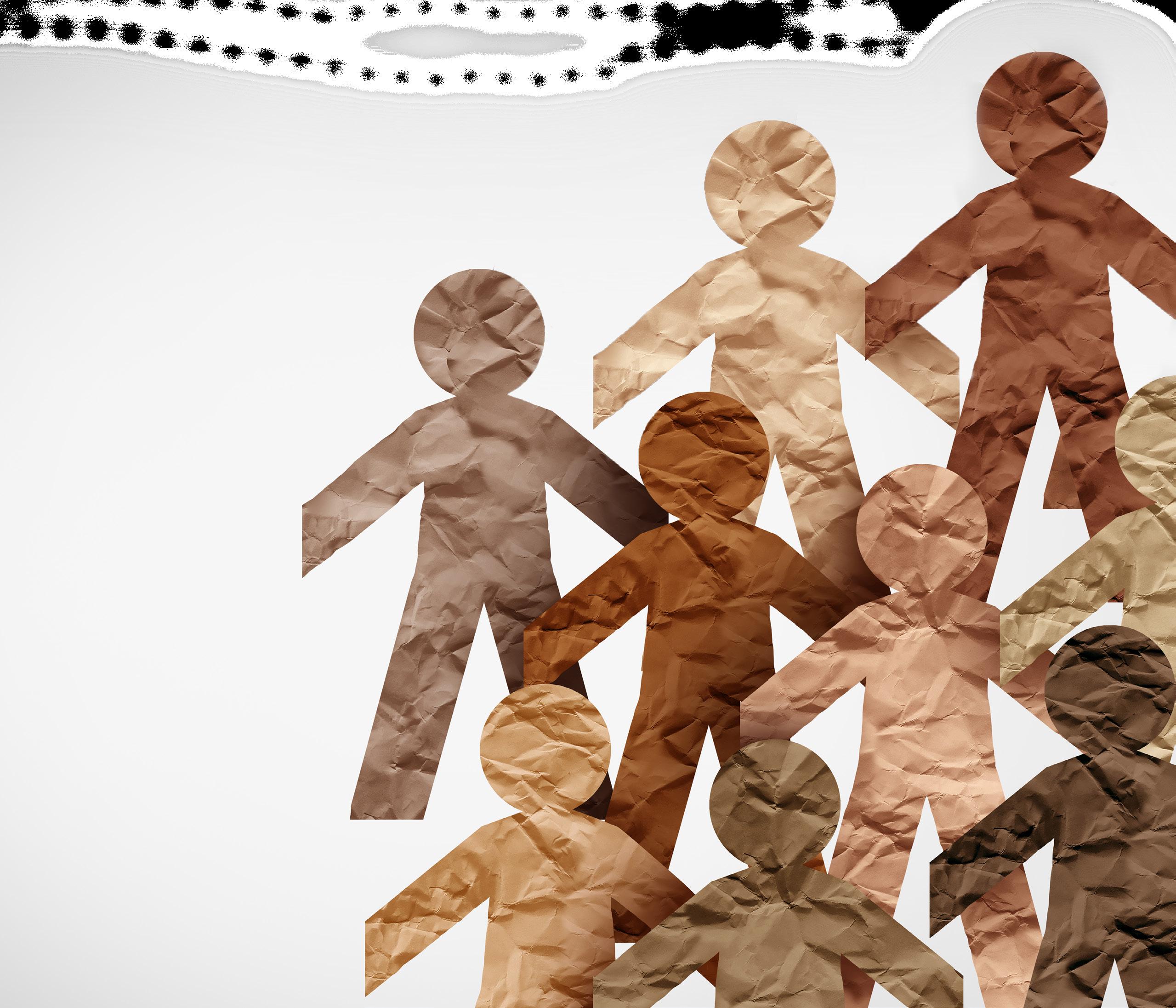
We learned about our community’s most pressing needs with our Community Health Needs Assessment, then provided more than $40 million in charitable contributions and grants to support those needs in 2021. Grant funding can create new economic opportunities and help our community members access healthcare services. We supported more than 220 nonprofit community organizations with our giving. And we made $23.6 million in impact investments, which, among other things, helped 1,921 community members with affordable housing.

When people have healthy, culturally relevant foods, their minds and bodies receive the vitamins and minerals necessary for growth and development. We also know that nutritious food is central to health and healing, so we have partnered across patient services to find solutions to increase access to healthy food. We’re also planning a food pantry at Primary Children’s Hospital to complement other projects addressing nutrition security.
Understanding the needs of our community is core to our mission and vision. Our Community Health Needs Assessment (CHNA) and Community Health Implementation Strategy (CHIS) guide the strategic focus of our work. We work collaboratively with other organizations to understand the needs, disparities, and strengths within each community we serve. We develop our CHNA with data input from healthcare systems, state and local health departments, national databases, and dozens of community input meetings and interviews. The data we gather helps us identify current and emerging community health needs. Our CHIS includes ways to address what we discover in the CHNA.
We base our CHNA and CHIS evaluations on the following criteria:
Alignment with our key stakeholder organizations’ missions
Addressing this health issue can result in more affordable healthcare
Health issue is feasible to change with evidence-based interventions
Community input meetings highlighted the health issue as significant
Health issue disproportionately affects population subgroups by race and ethnicity

Addressing this health issue can result in more affordable healthcare
Addressing this health issue can result in more affordable healthcare
Addressing this health issue can result in more affordable healthcare
From this market assessment and prioritization process, we identify the most pressing health needs priorities and the drivers that impact long-term change. Namely, we identified the need to improve mental well-being, prevent avoidable disease and injury, and improve air quality among our top priorities. We have additionally prioritized addressing the social determinants of health, expanding access to care, and giving to our community in aligned ways.

Collaborating to improve access to behavioral health, supporting positive messaging around mental well-being, and increasing protective behaviors have all been key to supporting our aim to improve mental well-being. In addition, we are proud to have collaborated with and offered philanthropic support to our public health and community-based partners, offering counseling and treatment to 47,977 uninsured and underinsured individuals in 2021. We have also focused
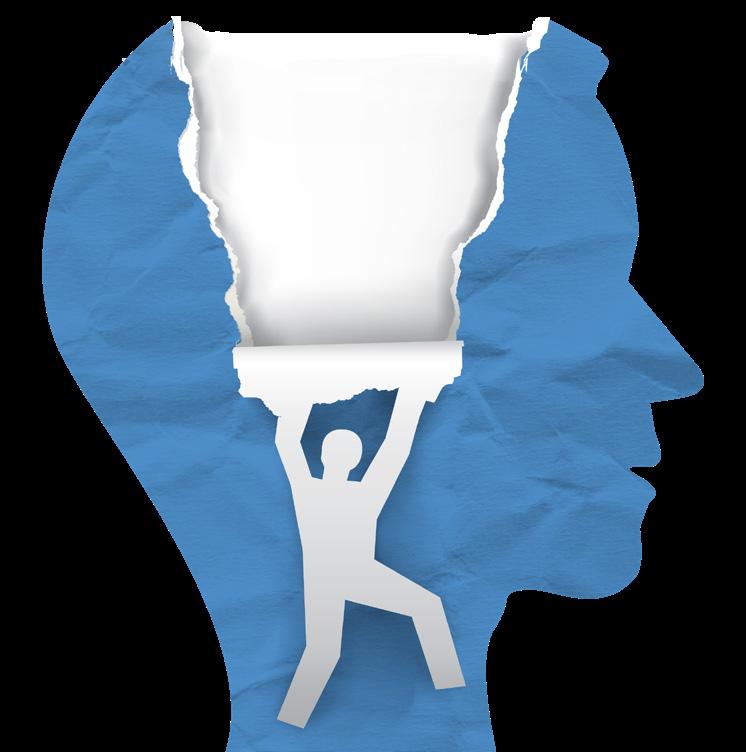
“He’d been to the emergency room monthly for at least half a year. He needed medication management. So, we talked him through options, including our behavioral health clinic. He was hesitant but said yes. And in the past six months, he hasn’t had to visit the emergency room in a crisis. He’s stable. And he loves it.”
– Administrator, Impact Mental Health, Murray, Utah

“This year, the Intermountain Healthcare Funding has enabled us to extend services to individuals where the cost of treatment would result in a very real stressor. The funding allowed these individuals to focus on healing without financial worries and potentially resulted in the retention of these individuals in our services.”

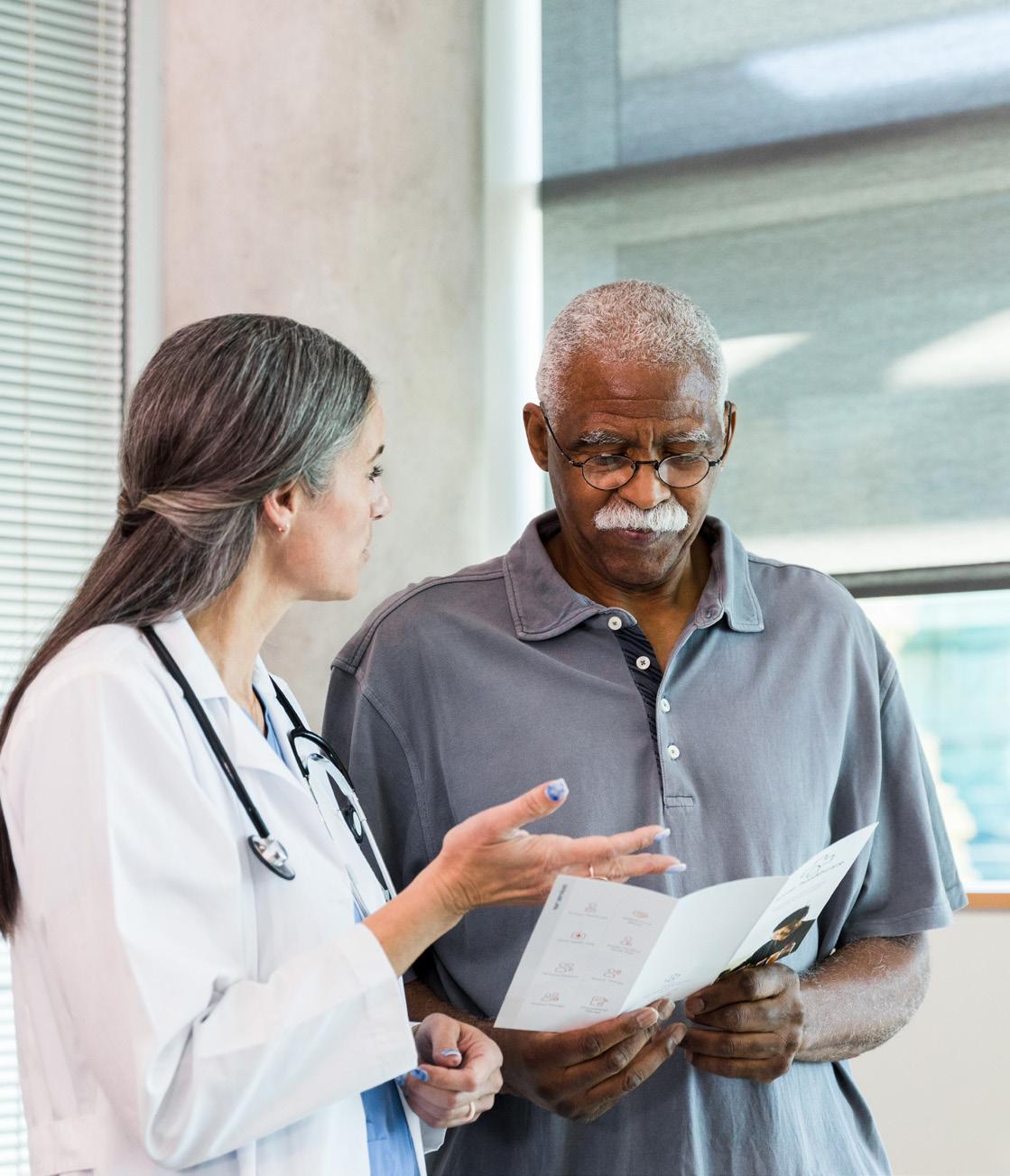
– Administrator, Wasatch Mental Health, Heber City, Utah
“We count it a success that an individual hospitalized for mental health issues accepted the opportunity to receive therapy at no cost and continues to attend sessions regularly. Thank you, Intermountain Healthcare, for this tremendous program and the incredible benefit to our community! As has been their tradition, Intermountain Healthcare continues to provide for our communities.
– Administrator, Family Institute of Northern Utah, Logan Utah


Our collaboration on suicide prevention messaging with the Utah Governor’s Office and the Utah Suicide Prevention Coalition under the LiveOn campaign continues. For example, we added survivor stories in English and Spanish to LiveOnUtah.org. In addition, LiveOn worked alongside partners such as Deseret Industries, Latino Behavioral Health Services, and the Utah Pride Center to address suicide prevention for individuals and communities with increased risk factors. Learn more by visiting LiveOnUtah.org/Campaigns
Safe firearms storage is one of the simplest and most effective tools to prevent suicide. Since suicidal crises usually arise in just minutes, putting time and space between a person and a firearm can save a life by giving them time to pause and get help. That’s why we distribute gun locks free to the community in English and Spanish at community events. In 2021, we distributed 8,710 cable-style gun locks and more than 100 handgun lock boxes to help individuals and families prevent suicide. In addition, we offered gatekeeper training to more than 43,000 individuals, allowing them to recognize signs of a mental health crisis, compassionately intervene, and link to appropriate services. A total of 421 individuals completed the CALM: Counseling on Access to Lethal Means training on identifying people who could benefit from lethal means counseling, asking about their access to lethal methods, and working with them—and their families—to prevent suicide.
Visit: www.train.org/utah and search “CALM-Utah” to learn more and register for this free course.
Prevention-oriented partnerships were vital to implementing prevention, intervention, and harm reduction strategies. For example, through a partnership with Utah Naloxone, Community Health distributed more than 900 naloxone kits, saving lives from an opioid overdose. In addition, the Opioid Community Collaborative focused on harm reduction strategies, including a financial contribution to purchase 76,400 clean syringes for our community. In addition, we have worked to reduce prescribing high-potency opioids to our patients by adjusting our prescribing tools. As a result, we have successfully reduced the percentage of patients with high-dose prescriptions (above 90 Morphine Milligram Equivalents) by 29% in 2021.
Use this QR code to learn more. Use this QR code and search “CALM-Utah” to learn more and register for this free course.
In 2021, we:
• Increased flu vaccinations by 6% and HPV vaccination by 5% from 2020
• Offered 62 chronic disease self-management classes with digital and Spanish-language offerings

• Distributed nearly 4,000 safety devices to 52 clinics – bike and ATV helmets, booster seats, and Safety Snaps to prevent hot car deaths
• Conducted in-person and virtual checks of more than 500 car seats, provided 224 special needs consultations, and 192 car seats for under-represented families
• Saw a 37% increase in visits to SeeThroughTheVape.org from innovative vaping prevention programs
Prevention is the first step towards longer, healthier lives. As of focus of our work in 2021, we significantly impacted preventing disease and injury, driving toward more affordable care overall, and helping our communities live their lives to the fullest. Immunization, preventative screenings, and education are low-impact ways for everyone to improve their health before needing healthcare. Programs like our Immunization Community Collaborative is a team of public health, community-based organizations, health systems, and health insurance companies striving to increase flu and human papillomavirus vaccination (HPV) rates. These efforts increase access to vaccines and provide education and materials to help people feel more comfortable with these crucial steps to better health.
We strive to support people of all ages, from the very young to those more advanced in their years, with programs that help everyone live their healthiest lives. In 2021, our children’s health programming addressed the distinct needs of children and adolescents for injury prevention, mental health, substance use, and more, including timely issues like vaping and emotional well-being.
Far too often, hard-to-reach communities aren’t aware of the programs available. So we continued working with external partners to collaborate in reaching our communities, providing more than 2,500 screenings, and offering personalized prediabetes online, accessible programs through Omada Health to meet each participant’s unique needs as they evolved in 2021. Living well classes help people feel more connected to their community, increase overall health and well-being, and gain new skills. In addition, participants can gain confidence in managing their chronic health conditions. As a result, more people can more fully engage in life, with some reducing their use of pain medications.
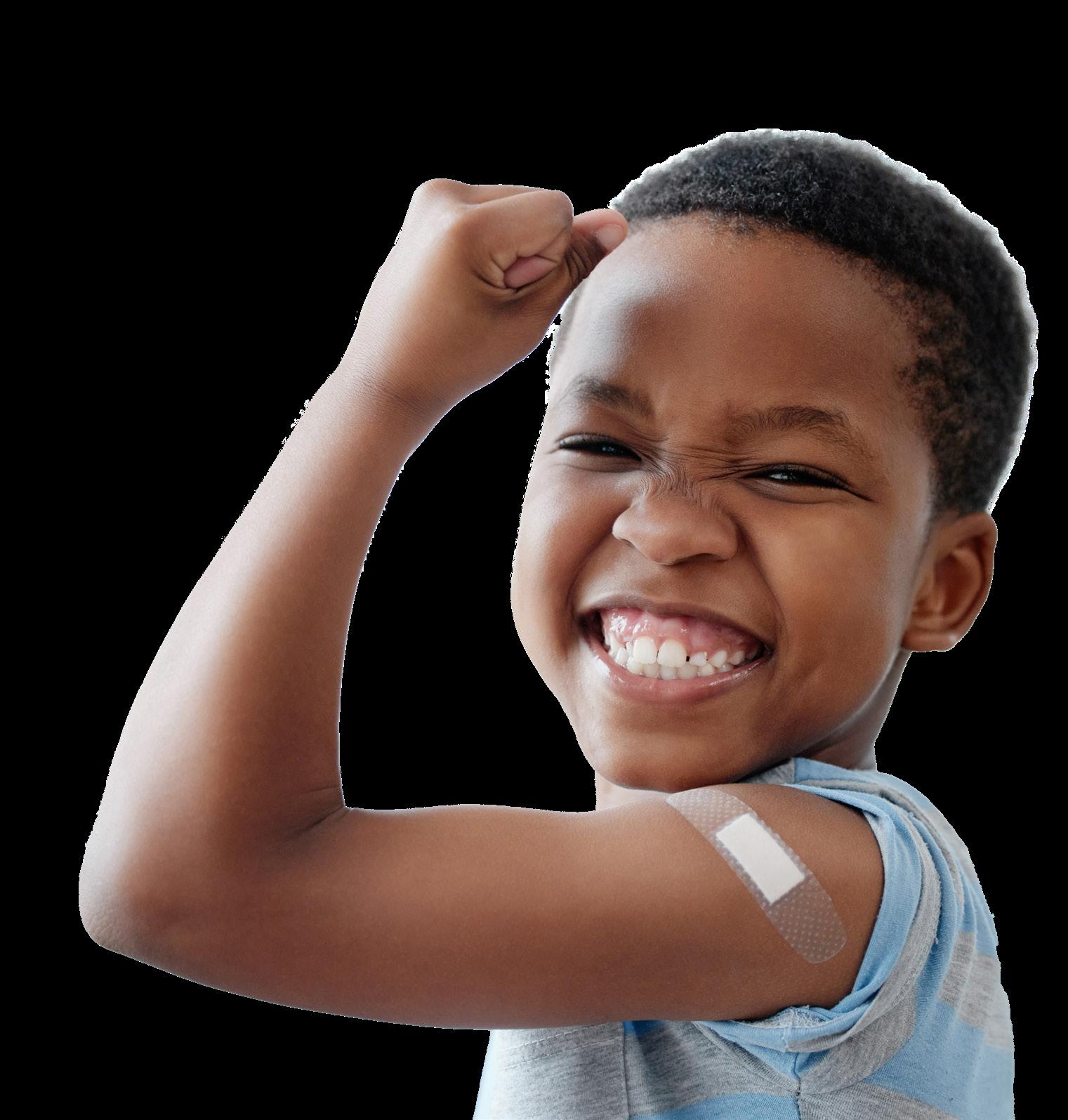
“A family came in for a car seat check at Primary Children’s inspection station. Willing to pay the discounted price for a seat, it became apparent they needed a break. So I told them we were able to provide the seat to them for free. The mom got teary and asked if she could hug me. They were so grateful for the seat, and I was so grateful to be on the frontline for that experience to provide seats to deserving families.”
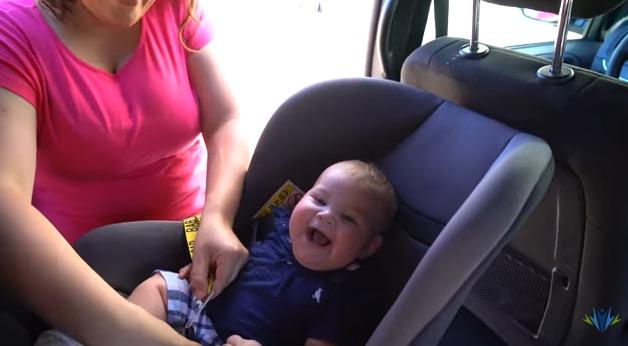 – Child Passenger Safety Technician, Primary Children’s Hospital
– Child Passenger Safety Technician, Primary Children’s Hospital
“A family arrived at Primary Children’s via life flight from Nevada. When their crisis was over and they were ready to travel home, they realized they didn’t have a car seat to transport their child home safely. We were able to provide a seat and helped them install it into their vehicle. The family was so grateful to be headed home with one less barrier to overcome.”

– Child Passenger Safety Technician, Primary Children’s Hospital
Learn more about Safety Snaps here.
“A 7-year-old child with special needs came to a one-on-one consultation with our Child Passenger Safety Technician. The child slumped over, traveling in a seatbelt only and without proper support. We fitted the child into a harnessed car seat that met their height and weight requirements and kept them properly positioned in the car. Then we discussed the future and how we can help again when the child outgrows their current car seat.”
– Jessica Strong, Community Health Director, Primary Children’s Hospital
Clean air is critical to good health and wellbeing. However, when our air becomes too polluted, it affects our physical and mental health. In addition, dirty air diminishes the safety of our outdoor physical activity. And it contributes to social isolation by compelling people to stay indoors.

Tailpipe emissions are a source of pollution in our community. In 2021, we installed “idle free” signage at 18 hospitals. Now, 70% of our hospitals have anti-idling messaging to improve air quality. We also funded seven community partners’ air quality and sustainability projects.
We also looked at our emissions in 2021. We evaluated our historical data for fleet idling time. And we posted signs at key-checkout stations
and attached flashlight keychains with idle-free messaging to increase safety and air quality. In addition, we started buying alternative-fuel vehicles to add to our fleet. One in three new fleet vehicles we purchased in 2021 was an electric (EV), plugin hybrid (PHEV), or hybridfueled vehicle. As a result, 20% of our fleet are now alternative-fuel vehicles. Moreover, we installed electric charging stations at 65% of our core facilities that are available free of charge to our caregivers and community members.
Anesthetic gas is an added source of air pollution. We have reduced our use of desflurane anesthetic gas by 63% since 2020, reducing our greenhouse gas impact.

Social determinants of health are the non-medical, personal circumstances that influence an individual’s health and well-being. They include education, employment, financial stability, social inclusion, non-discrimination, affordable housing, Internet access, neighborhood safety, transportation services, nutritious food, clean water, air, and health services.
A study cited by the National Academy of Medicine found that medical care only accounted for 10 to 20% of the contributors to people’s health outcomes, whereas social determinants of health influence up to 80% of health. We are taking steps to address the social determinants of health at the community level through impact investing, local purchasing, and making our operations more sustainable; and at the individual level by becoming aware of members who are experiencing social barriers to health and aligning with community partners to assist those in need.
Acting as An Anchor Institution: Addressing Social Determinants at the Community Level

Hired 25 people into certification programs and many others into entry-level positions. Our minimum wage is currently $16 per hour, something far above the market rate, which supports every employee financially.
Partnered with the Utah Black Chamber of Commerce to sponsor our Supplier Diversity Day.
Increased overall diverse spending by contracting with IBS Solutions to increase spending by $600,000 with a diverse supplier.
Established commitments with McKesson and BD to identify and hire diverse supplier positions.
Customized software to identify and limit all products containing chemicals of concern in respiratory, urological, and IV tubing categories.
Tailored procurement software to indicate employee-owned, cooperatively owned, or nonprofit-owned suppliers.
Modified sourcing methodology to support local and diverse suppliers and reduce carbon footprint.
Anchor institutions are place-based, mission-driven, forever organizations such as hospitals, universities, and government agencies. They leverage their economic power alongside their human and intellectual resources to improve their communities’ long-term health and social welfare. Because of our size, resources, and longevity, we are considered an anchor in our communities.
Through this thoughtful work, it is our responsibility to be intentional about using our Intermountain assets to improve the health and well-being, beyond direct clinical care, of those living across our geographies. Initiatives such as impact investing, local and diverse hiring and sourcing, and environmental leadership all speak to our’s mission of helping people live the healthiest lives possible by creating more robust, healthier, and more inclusive communities.
We are setting up relationships with community partners to hire individuals who face barriers to employment. Partnerships with organizations such as the Utah Department of Workforce Services, Nevada Careers, Catholic Community Services, People Helping People, Alliance House, and YouthWorks develop healthcare career pathway programs to train refugees, people with disabilities, single mothers, and at-risk youth.
We are addressing the social determinants of health through investments in housing stability, stabilizing employment, and improving financial wellness. We have committed more than $50 million to local investments since 2019 and invested more than $23 million to improve community conditions in 2021.
We work closely with and support suppliers who embrace local, diverse, and sustainable purchasing practices. In addition, we encourage suppliers to engage in community and environmental stewardship through economic, environmental, and social initiatives. By understanding the entire life cycle of products and services, we can improve patient care, minimize adverse impacts on the environment, and promote community strength.
$23+ Million
Communities are healthier when organizations like ours commit to environmental stewardship and thoughtful use of natural resources in our community. Therefore, we have broadened our focus on sustainability to reduce their carbon footprint and water utilization while continuing their efforts on efficient energy use, waste reduction, and clean air through programs like transitioning to electric fleet vehicles and investing in a utility-scale solar project near Huntington, Utah, which will supply 20% of their total electricity.


In 2019, we launched a research demonstration project and community collaborative called the Alliance for Determinants of Health. The Alliance’s purpose was to develop and evaluate a social care model to increase healthcare affordability, equity, and value. It involved processes for identifying the social barriers to health experienced by SelectHealth Medicaid members in two counties and aligning with community resources to assist those in need. Notable community resources funded by the Alliance included dedicated funding community health workers could use to help with short-term critical needs, the development of a social care provider network supported by a digital, closed-loop referral platform, and partnerships with community-based medical and behavioral health services.
Cumulative Alliance Results from 2019-2021
• 20,697 social needs screenings completed
• 1,811 Community Health Worker cases

• 31.6% of Community Health Worker clients achieved their program goals
• 34.2% decrease in nonemergent use of the Emergency Department among SelectHealth Medicaid members living in Washington and Weber County from the 2018 baseline. Multiple factors, some tied to COVID-19, led to the reduction
The processes, relationships, and community infrastructure that resulted from the Alliance provided the foundation for expanding social care into new geographies and through new initiatives. For example, the social care provider network and referral platform that started with around 20 community partners in two counties will include several hundred partners covering Utah by the end of 2022. In addition, processes to screen patients that started in a handful of clinics have been scaled across all our primary care clinics in Utah. We partnered with Castell to move screening upstream from the point of care to using social risk analytics to predict members who may need assistance and deploying social care coordinators to follow up telephonically. Initially, this use of social risk prediction and proactive outreach is being used to address food insecurity with Medicaid in four counties but will expand to include Medicaid and Medicare members in additional areas. Finally, several of our primary care and women’s health clinics participated in a pilot to adopt screening and assistance workflows for patients experiencing or who are at risk for experiencing intimate partner violence. Thus far, over 40 providers and their office staff across 15 clinics have been trained on how to screen and assist patients experiencing IPV and have screened over 4,000 patients.
Our Community Health Needs Assessment process identified healthcare access as a core health driver. We increased access to healthcare services for low-income and uninsured populations, often in collaboration with partners and community programs:
In 2021, we expanded access to healthcare in many ways, including:
Provided more than $189 million for financial assistance to patients and their families.
Boosted the number of clinics participating in our Diagnostic Voucher Program to 50.
Maintained semiannual check-ins with all our Intermountain Community Care Foundation-funded community health clinics.
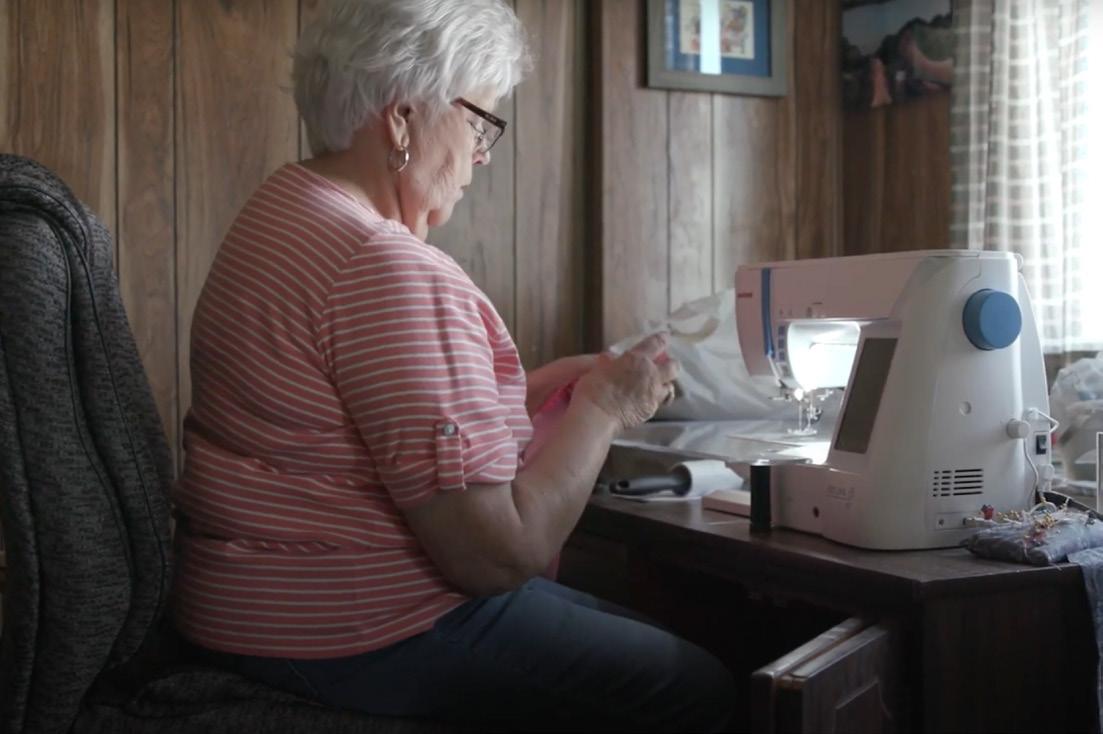
Reopened our Rose Park Clinic.

Provided 19,633 vouchers to low-income clinics to help patients access imaging, mammograms, and other care at our Intermountain facilities totaling more than $16 million.
Telehealth helps to keep patients in their community and reduces medical transportation and personal inconvenience. Telehealth also improves outcomes across the continuum of care. In 2021, we began working with several school districts to set up telehealth equipment and create care networks. These networks will allow school nurses and staff to offer Connect Care services to students and their families. We are purchasing the equipment and funding the program’s operational staff as a benefit to participating schools.
Portia Schrenk, a cancer patient at our Intermountain Cancer Center at Cassia Regional Hospital, lives in Declo, Idaho, a little farming community outside Burley, Idaho. Telehealth allows her to still visit with her oncologist and receive life-saving chemotherapy every three weeks close to home at Cassia Regional Hospital. In addition, remaining close to home allows Portia to continue her passion for quilting and surround herself with family and friends.
Janet Latimer and her family live on a ranch along the Utah border with Nevada. In 2020, Janet suffered a stroke and was able to reach Delta Community Hospital. Our Intermountain TeleStroke services enabled the care team at Delta Community Hospital to consult with stroke experts at our Intermountain Medical Center in Murray. As a result, the caregivers at Delta Community Hospital gave Janet the stroke treatment she needed just in time.


Watch Janet’s story here.
We incorporated equity as a Fundamental of Extraordinary Care because using an equity lens helps us best support all people and address gaps, disadvantages, and disparities. Achieving health equity requires ongoing efforts to identify and address obstacles to health. Achieving health equity also involves understanding and addressing the social determinants of health that serve as drivers of overall health. Equity focuses on achieving fair and consistent outcomes across cultural and identitybased demographics for individuals and groups.
We took several steps to bring equity into our work in 2021, including:
• Actively engaged in 12 equity chambers of commerce across Utah, Nevada, and Idaho. We collaborate with these chambers through board membership and active volunteer participation of our workforce. In addition, we provide funding for equity-related chamber efforts and offer other forms of leadership and support to strengthen their growth.
• Established an equitable insurance coverage committee and developed policy recommendations presented and accepted by the One Utah Roadmap. In addition, we supported and funded partners to increase insurance access for underserved individuals and developed white-label materials and resources for all partners to customize, use, and distribute. Through this work, we worked alongside partners to enroll 12,000 individuals in Medicaid, CHIP, and the marketplace.
• Developed training materials and presented to over 52 external partners around access, financial assistance, and Connect Care as an affordable telehealth option.
• Developed and prepared our Community Health Needs Assessment process for community input meetings and final preparation of 2022 CHNA aims. In addition, we created a plan to include input in rural areas, in Spanish, and from underrepresented groups in a coordinated effort with community partners to address equity in the process and results.
Community Health manages charitable contributions, including donations and grants, to nonprofit agencies that align with identified community health aims and drivers as determined in the Community Health Needs Assessment. We award funding from our Intermountain Healthcare Community Giving efforts and our Intermountain Community Care Foundation. In 2021, we allocated more than $44 million to more than 220 organizations. Following are a few examples of the philanthropic support we provide to the community.

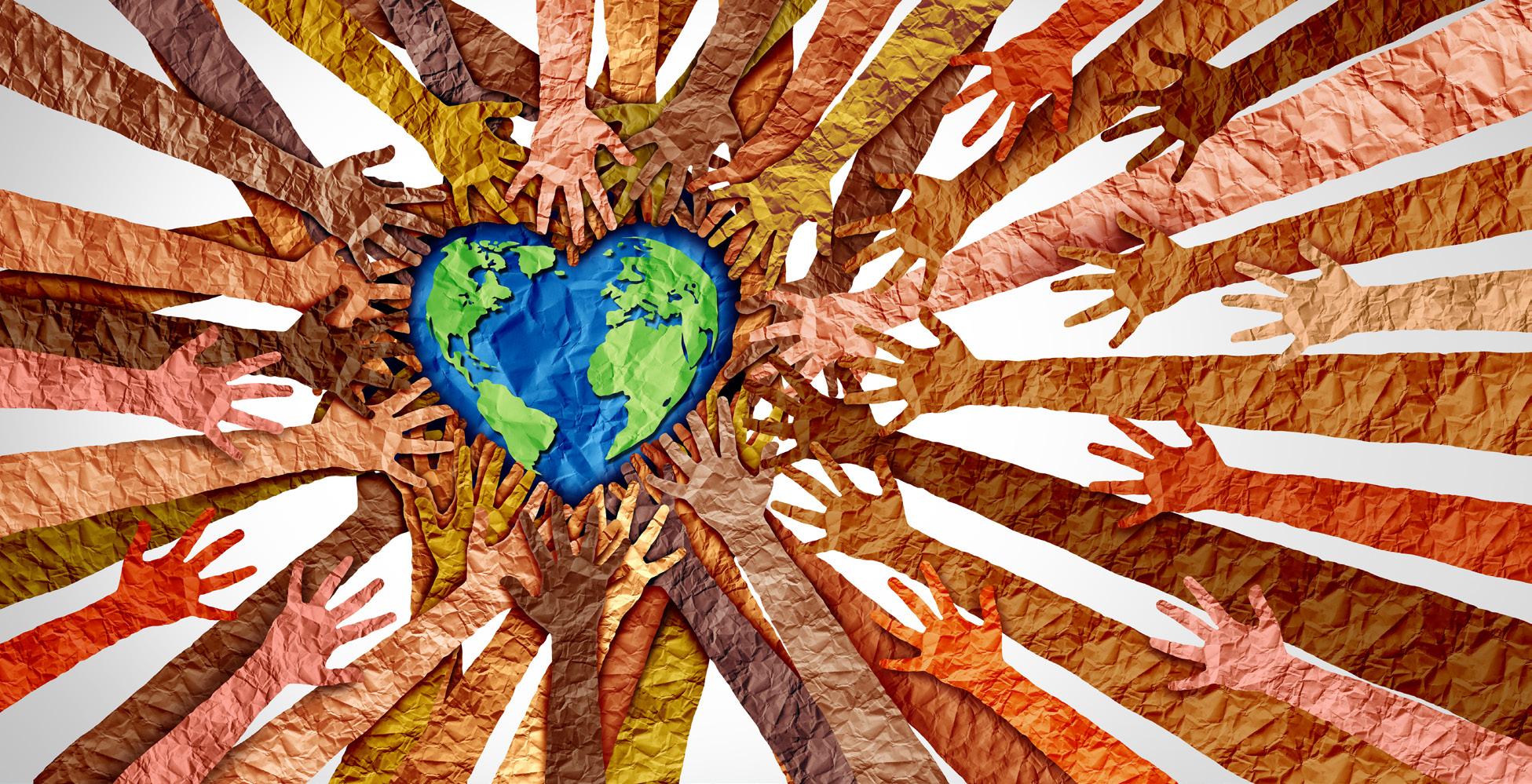
The Behavioral Health Network (BHN) provides funding and support to nonprofit providers to increase behavioral health access for Utah’s most vulnerable populations. The BHN offers timely and affordable (no cost or low cost) treatment for behavioral health, substance use disorder, and medication management to uninsured and underinsured community members. The BHN has grown to include 24 Utah and Southwest Idaho organizations, covering service areas for 24 of our hospitals. This includes organizations such as Family Health Services serving Cassia County in Idaho, the Odyssey House serving Salt Lake County in Utah, and Family Healthcare serving Washington County in Utah. The program served 7,586 people in 2021.
Since 2014, we have worked with colleges and universities across the state to create opportunities for scholarships to be awarded to a diverse population of students to help them achieve their degrees and pass licensure exams. In 2021, we supported 13 educational institutions with funding for scholarships supporting diversity in healthcare. Removing barriers that prevent underrepresented populations from obtaining an education can help fortify a diverse population of individuals who are eligible for positions in healthcare careers.
“Being a first-generation college student to parents who migrated to the U.S for a better life comes with all kinds of challenges. My parents were never able to receive an education past high school, so they were always very supportive. They always encouraged me to keep going to school and not let anything get in my way. Although I have both my parents in my life, I grew up with a single mom who raised five children alone. Being a single mom and raising five kids makes it very difficult to afford necessities, let alone college tuition. My mother did not have the money to be able to pay for my college tuition, so I had to begin working at a young age and work hard to receive scholarships and figure out how FAFSA works. The Diversity in Healthcare Scholarship will allow me to focus more on my studies and relieves financial stress. My experience with MTECH has been amazing so far. I was lucky to receive my certification as a nursing assistant in high school. Now, I am so fortunate to obtain my Practical Nursing license. I’ve always dreamt of becoming a nurse. I am so excited to be able to continue my education! Again, I would like to express my gratitude for this amazing gift.”
– Magaly De Avila, Diversity in Healthcare Scholarship Recipient
Latino Behavioral Health Services (LBHS) is a nonprofit grassroots group of caregivers created to minimize the disparities in access to mental health services among the underrepresented Latino population of Utah. LBHS exists to enhance the mental health awareness and well-being of people with mental illness. It also supports those with mental illness by empowering their caregivers and loved ones with education and resources. In addition, LBHS offers culturally and linguistically appropriate peer mentorship, therapy, and services. We provided a donation for them to expand their services and provide treatment to more community members.

The Utah Domestic Violence Coalition (UDVC) is a private nonprofit organization recognized nationally for providing expertise concerning domestic and sexual violence issues to member programs, community partners, and others in Utah. Their membership includes the nonprofit domestic violence shelters and sexual assault organizations across the state, including Canyon Creek Services, CAPSA, Dove
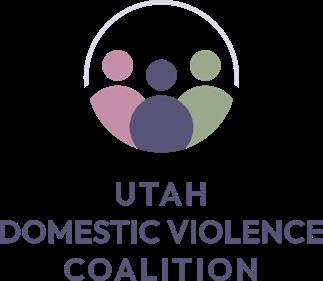
Center, Friends Against Family Violence, Gentle Ironhawk, Healing Pathways, New Hope Crisis Center, New Horizons Crisis Center, Peace House, The Refuge, Safe Harbor, Seekhaven, South Valley Services, Youth Conservation Corps, YWCA, Rape Recovery Center, Restoring Ancestral Wind. Each member organization received a donation to support operational costs to prevent and respond to intimate partner violence.
SafeNest is Nevada’s largest, most comprehensive not-for-profit dedicated to ending domestic violence. It provides trauma-informed services, a 24/7 shelter, a crisis hotline, counseling, advocacy, and prevention education to those in need. Our support enabled the formation of collaboration among Intermountain, the Clark County School District, the Las Vegas Raiders football team, and SafeNest to implement a Coaching Boys Into Men program (CBIM) in Nevada schools. CBIM is the only evidence-based prevention program that trains and motivates high school coaches to teach their young male athletes healthy relationship skills and that violence never equals strength.


Youth Futures provides safe shelter, collaborative resources, respectful guidance, and diverse support to Utah’s homeless, unaccompanied, runaway, and at-risk youth. Youth Futures recently purchased a building in Cedar City that it will use as transitional housing for runaway and homeless youth. Support for this expansion and the creation of robust case management designed to stabilize youth and facilitate a successful exit into a permanent and independent living situation was provided.

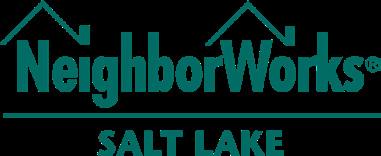
NeighborWorks collaborated with other employers and us to build a program that engages youth in the healthcare industry early. NeighborWorks helps address inequities in the healthcare field. By reducing barriers preventing individuals from entering the healthcare field, they begin addressing racial and healthcare disparities. The program will focus on CNA certification, medical assistant training, CPR training, and other medical entry programs.

Southern Utah University (SUU) created an initiative to train more community health workers (CHWs) to support rural communities. The Utah Center for Rural Health at SUU centers on promoting and enhancing quality rural health through leadership, advocacy, coalition building, education, and policy/legislation. In addition, they have implemented a CHW certification program based on the Utah State CHW curriculum for SUU students. By helping to connect individuals with social needs with community partners and organizations, they are helping bridge health disparities. Funding supports two full-time CHWs in Sevier County to provide social needs assessments, social needs referrals, health education, and support for navigating between resources.
A Center for Grieving Children
Ability Found
Adopt-A-Native-Elder Alliance House
Amanaki Fo’ou
American Foundation for Suicide Prevention

American Heart Association
American Red Cross Anti-Bullying Coalition Assistance League of Salt Lake City Association for Utah Community Health
Ballet West Bear River Mental Health Services Big Brothers Big Sisters of Utah Boys & Girls Club of Nampa Boys & Girls Clubs of Greater Salt Lake
Brain Injury Alliance of Utah Bridgerland Technical College Brigham Young University Building Youth Around the World Burley Jr High School
Canyon Creek Services Canyons School District
Carbon Medical Service Association
Catholic Community Services Catholic Community Services of Utah Central Utah Counseling Center
Central Utah Food Sharing Centro Hispano
Cherish Families
Children’s Service Society of Utah
Christian Center of Park City City of Orem Civica Foundation College of Southern Idaho Foundation
Color County Resource Conservation Development Council Comagine Health Common Ground Outdoor Adventures
Community Foundation of Utah Community Health Centers Community Nursing Services Comunidades Unidas Creek Valley Health Clinic Crohn’s & Colitis Foundation Crossroads Urban Center
Curly Me!
Davis Behavioral Health Davis Education Foundation Disability Law Center Dixie State University Doctors Volunteer Clinic EATS Park City
Encircle Family and Youth Resource Center
English Language Center of Cache Valley Envision Utah Eye Care 4 Kids
Family Counseling Service of Northern Utah
Family Health Services Family Healthcare Family Institute of Northern Utah Family Support Center
Family Support Center of Southwestern Utah Fight Against Domestic Violence Fisher House Foundation Fit To Recover
Flourish Bakery Fourth Street Clinic
Friends Against Family Violence Friends for Sight
Friends of Switchpoint
Friends of the Children
Friends of the Weber Housing Authority
Friends of the Weber/Morgan Children’s Justice Center Girls on the Run Salt Lake GK Folks Foundation
GreenTREE Yoga of Utah
Guadalupe School Healthcare Anchor Network
Holding Out HELP Holy Cross Ministries HOPE 4 Utah House of Hope
I.J. & Jeanné Wagner Jewish Community Center Impact Mental Health International Rescue Committee
Iron County Care and Share
Jewish Family Service
Jordan Education Foundation
Junior League of Salt Lake City Lantern House
Latino Behavioral Health Services Latinos in Action Loving Angel Service Dogs Make-A-Wish Utah Maliheh Free Clinic
Memory Matters
Midtown Community Health Center Moab Free Health Clinic
Moab Valley Multicultural Center MOSAIC Inter-Faith Ministries
Mountain Mediation Center
Mountainland Technical College Mountainlands Community Health Center
National Ability Center National Association for the Advancement of Colored PeopleSalt Lake Branch
National Multiple Sclerosis Society
NavajoStrong Needs Beyond Medicine NeighborWorks Mountain Country Home Solutions
Nonprofit Legal Services of Utah OATS Inc.
Odyssey House Ogden-Weber Technical College Foundation
Pacific Island Knowledge 2 Action Resources
Parents Empowering Abled Kids Park City Community Foundation Park City Tots
Peace House
People Helping People
People’s Health Clinic
Playworks Utah Poverty Reduction Services
Prevent Child Abuse Utah Project Connection Utah

Rape Recovery Center
Red Barn Farms
Red Rock Center for Independence
Ronald McDonald House Charities of the Intermountain Area Root for Kids
Roseman University of Health Sciences
Safe Harbor Crisis Center
Salt Lake Community College
Salt Lake County Health Department
Salt Lake Donated Dental Services
Salt Lake Neighborhood Housing Services
Sanpete Food Pantry School of Addiction Recovery
Seager Memorial Clinic
Senior Charity Care Foundation Sevier County
Short Creek Dream Center
Sleeping Bags for the Homeless Sobriety Foundation
South Jordan Rotary
South Valley Services
Southeast Utah Health Department
Southern Utah University
Southwest Tech College Foundation
Southwest Utah Public Health Department
Special Olympics Utah
Spy Hop Productions
State of Utah
Summit County Clubhouse
Sunshine Terrace Foundation
Tall Mountain Wellness
Terry Reilly Health Services
Thanksgiving Point Institute
The Children’s Center
The Family Place Utah
The INN Between
The Other Side Academy
The Ron McBride Foundation
The Sharing Place
The Work Activity Center
Timpanogos Legal Center
TreeUtah
United African Alliance Community Center
United Angels Foundation
United Way Dixie
United Way of Northern Utah United Way of Salt Lake United Way of Utah County University of Utah University of Utah Eccles School of Business
Utah Afterschool Network
Utah AIDS Foundation
Utah Chinese Association
Utah Clean Energy
Utah Community Action
Utah Community Builders
Utah Development Academy
Utah Domestic Violence Coalition
Utah Health & Human Rights
Utah Health Policy Project
Utah League of Cities and Towns
Utah Naloxone
Utah Nonprofits Association
Utah Olympic Legacy Foundation
Utah Partners for Health Utah Pet Partners
Utah Pride Center
Utah Safety Council
Utah State University
Utah STEM Action Center
Utah STEM Foundation
Utah Valley Refugees
Utah Valley University
Utah Youth Village
Valley Regional Transit
Voices for Utah Children
Volunteer Care Clinic
Wasatch Adaptive Sports Wasatch Behavioral Health Wasatch Community Foundation Wasatch Community Gardens
Wasatch County School District Wasatch Forensic Nurses
Wasatch Front Regional Council Wasatch Mental Health Wasatch Resource Recovery Washington County Prevention Coalition
Wayne Community Health Center
Weber Prosperity Center of Excellence
Weber State University Westminster College Youth Futures Youth Impact

